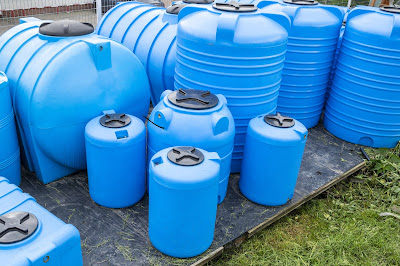Do you want to upgrade your standard of living? Are you looking for a way to increase the value of your home? If so, one of the best ways to do so is to add a few home improvements. When people think about renovation projects and upgrades, they usually think about big-ticket items. For example, you might be thinking about adding a pool, a home theater, or even adding an entirely new room to the home. This can be time-consuming and expensive. Even though it might be worth it in some situations, you may be looking for something that is a bit more practical. If you are looking for easy improvements you can make to your home, take a look at a few top choices below.
Spruce Up the Curb Appeal a Bit
Even though this might not necessarily be a significant home upgrade, it can help you increase the value of your home. There is never a second chance to make a first impression and curb appeal matters. Think about the exterior of your home. When was the last time you had a landscaper come by? When was the last time you pressure washed the outside of your home? If you are having a difficult time remembering the answers to these questions, it is time to think about the curb appeal of your home. If you can find a way to increase the curb appeal of your home, you could drive up the investment value of your house.
Update the Counters in the Kitchen
The kitchen is one of the most important features in the home. You need to make sure you get the most out of it. Therefore, think about updating the counters in the kitchen. If you have been in your home for 10 years or more, there is a good chance it is time for you to update your counters. The counters are usually the first thing people notice when they walk into the kitchen. Even though it can be expensive to renovate the entire kitchen, it can be significantly more affordable to update the counters.
Consider Adding Ceiling Fans to the Second Floor
Next, you may want to add ceiling fans to the second floor. There is a good chance that your second floor doesn't have ceiling fans. Fortunately, this does not have to be an expensive upgrade. There are plenty of exceptional small ceiling fans available. There are numerous advantages that come with adding ceiling fans to the second floor. For example, ceiling fans can help you increase the circulation upstairs, preventing the air from getting musty. Ceiling fans can also help you reduce your utility bills by keeping the air moving. Therefore, your HVAC unit should not have to work as hard, which can help you save money on your utilities.
Swap Out the Floors for Something More Modern
Furthermore, you may want to swap out the floors for something more modern. Do you have a bunch of linoleum floors? Do you have a bunch of vinyl floors? Even though this material may have worked well for you in the past, it is time to upgrade to something better. You do not necessarily have to open the checkbook to pay for hardwood floors, but even installing LVP throughout the home can be a significant upgrade. You may want to talk to a flooring professional about what type of flooring is best for your house.
Switch To a Frameless Shower
Finally, you might want to think about your bathroom as well. Even though you might not spend as much time in your bathroom as in other rooms of your home, you should still invest in your bathroom if you want to maximize the value of your home. For example, you might want to switch to a frameless shower. This is a modern design, and it can significantly drive up the value of your home. If you still have a shower bath somewhere in your home, you may want to divide these two appliances. This is the current trend, and this is what people will be looking for as they view houses. Think about swapping out your current shower for a frameless option.
Think About These Easy Home Upgrades
These are just a few of the many upgrades you should consider adding to your home. If you want to increase the value of your home, there are plenty of options available. You may want to increase the curb appeal, and you might want to update the counters in the kitchen. Remember that you can also significantly increase the value of your home by adding ceiling fans, which can also help you reduce your utility bills. If you are looking for easy home upgrades, you may want to reach out to a professional who can assist you.







